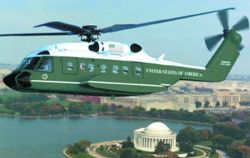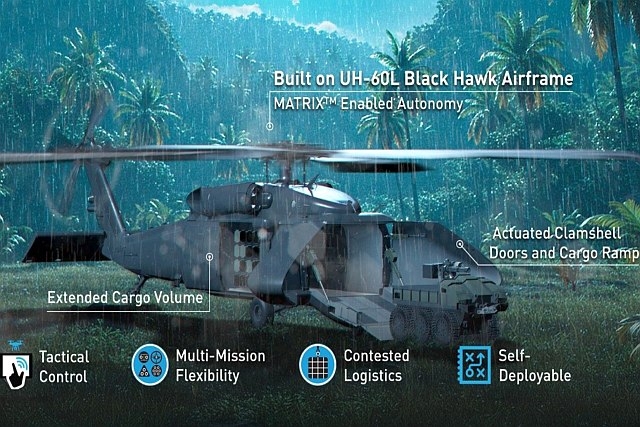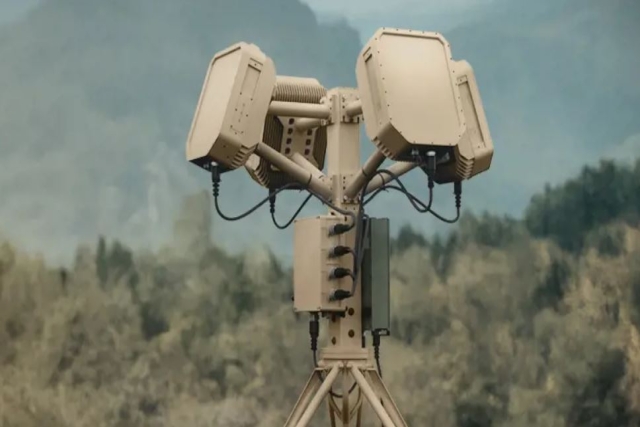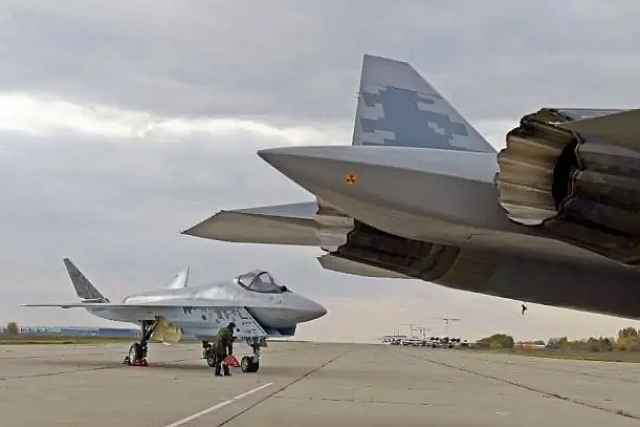Sikrosky's CH-53K Helicopter Completes First Flight
Sikorsky Aircraft Corp today has achieved first flight of the US Marine Corps' CH-53K King Stallion heavy lift helicopter protoype, known as Engineering Development Model-1 (EDM-1).
The 30-minute flight indicates the beginning of a 2,000-hour flight test program using four test aircraft, the company announced Tuesday.
"Having independently tested the aircraft's many components and subsystems, including integrated system level testing on the Ground Test Vehicle, we are now moving on to begin full aircraft system qualification via the flight test program." said Mike Torok, Sikorsky's CH-53K Program Vice President.
Sikorsky delivered the EDM-1 into the test program at the company's West Palm Beach, Fla.-based Development Flight Center in late 2014.
During its 30 minute maiden flight the EDM-1 aircraft performed hover, sideward, rearward and forward flight control inputs while in ground effect hover up to 30 feet above the ground.
As the flight test program proceeds, the EDM-1 will be joined by an additional 3 EDM aircraft to fully expand the King Stallion's flight envelope over the course of the three-year flight test program.
"We have entered a much anticipated phase in this developmental program," said Col. Hank Vanderborght, US Marine Corps Program Manager for Heavy Lift Helicopters.
Sikorsky, with support of others in the industry, is developing the CH-53K King Stallion heavy lift helicopter for the US Marine Corps.
The CH-53K King Stallion helicopter will maintain similar physical dimensions as its predecessor, the three-engine CH-53E SUPER STALLION helicopter, but will nearly triple the payload to 27,000 pounds over 110 nautical miles under "high hot" ambient conditions.
Features of the CH-53K helicopter include a modern glass cockpit; fly-by-wire flight controls; fourth-generation rotor blades with anhedral tips; a low-maintenance elastomeric rotor head; upgraded engines; a locking, United States Air Force pallet compatible cargo rail system; external cargo handling improvements; survivability enhancements; and improved reliability, maintainability and supportability.










